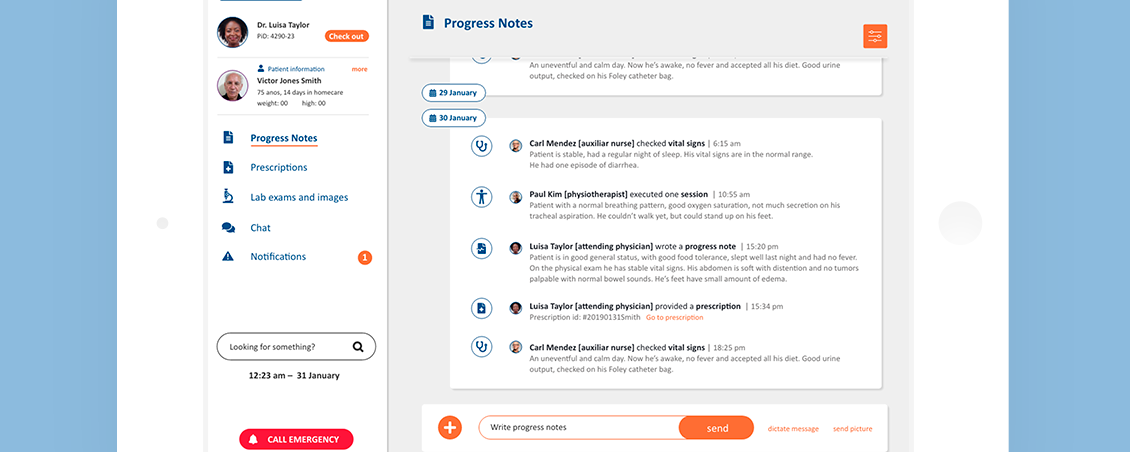Background
Brazil is a big and diverse country with a vast under-explored tourist potential. The startup Tupiniquim.com was created as a democratic and innovative marketplace where people can list, search and book authentic tourist experiences, with a focus on international customers. One of the brand’s main goals is to promote greater inclusion of the LGBT community, elderly people, and people with disabilities.
Scope
I was one of the design leads of the team that was in charge of developing the marketplace’s branding strategy and visual identity, as well as its user experience, which is the subject of this case study.
Process
➜ DISCOVERY PHASE
The first step was understanding user needs and behavior. The platform would be used by three different profiles: tourists, experience providers, and marketplace managers.
For the tourists, the user experience was designed to be pleasurable from the very first moments of planning the trip and researching tourist attractions to the final step of sharing their experience with the world tourist community. Since Tupiniquim.com is a marketplace, the tourist attractions themselves are not its responsibility, and this information needs to be made extremely clear to the customers.The most important tourist needs were:
→ having access to the diversity of Brazilian culture beyond mainstream attractions;
→ feeling secure they could trust who was providing the experience;
→ having access to quality and accessible information concerning the experience before contracting it.
An essential part of the business is the experience providers, and their needs were:
→ having access to international tourists;
→ having better chances of competing with large, traditional agencies, which usually have much more marketing power;
→ being able to showcase their services without the need of owning a website;
→ getting advice on best practices of presenting information about the attractions.
➜ IDEATION AND DESIGN PHASES
The next step was defining the information architecture. We started by listing all the information and features. Once we had a clear view of what would deliver more value to our customers and what would be included in the first version, we then assembled the sitemap.
In the sketching phase, we came up with some alternatives for the main pages, such as the homepage, the search engine, and the experience page. We tested some of them with interactive prototypes built with Invision and continued designing and iterating the other parts of the platform until we had the entire system connected in a flow.
The process of registering the tourist experiences was structured so as to improve information quality and make it easier to translate, which was also a service available in the marketplace.
Every project is a unique universe and a package full of possibilities to learn better design practices. After analyzing the work we did, I have come to the conclusion that our first version was too complex, which means that at a very early stage of the product development process too much time was spent on designing, and even more time and resources on coding.
However, a noteworthy aspect was how integrated the team was. The product owner, the developer and the design team were always aware of each other's achievements and collaborated from the sketch stage to the final prototypes.


